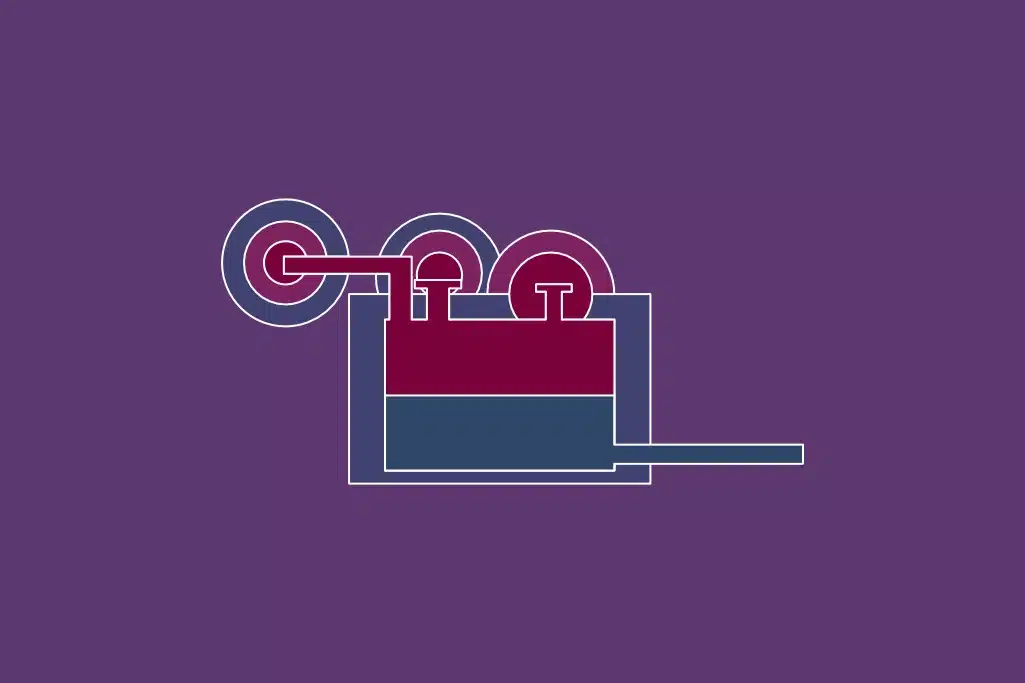Flammability and combustibility are frequently used interchangeably but they are different chemical properties. As a result, there is a difference between flammable and combustible substances.
There is a sense in which we suspect that they mean different things, but for the most part, it seems that there is a difference without a distinction. There is a distinction between flammability and combustibility although it is subtle. But, it is important in terms of process safety.
So, what’s flammability and what is the definition of combustibility? Understanding these minute differences will aid in understanding and categorising a combustible material to ultimately mitigate fire risk.
Flammable Materials
Flammable substances and materials, whether flammable solids, flammable liquids or flammable gases, can burn with a flame at ambient temperatures. One does not have to raise their temperature to a certain threshold for them to be capable of burning with a flame.
Combustible Materials
Combustible materials, however, must be raised in temperature before they can burn. Consider a pool of diesel fuel (combustible liquids); if you were to hold a match to the pool, it would not ignite. To get it to catch fire and sustain a flame, to become ‘flammable’, it must first be heated to a certain temperature that is dependent on its composition.
It is the vapour that burns. For example, diesel must be heated for it to give off sufficient vapour, which, when mixed with air, will burn. Candle wax must be heated, first to the temperature at which it will melt, and then to the point again where it will give off enough vapour to mix with the air and sustain a flame.
Combustible solids may include wood, paper and rubber. Combustible liquids may include oil, cooking gas and greases. If these materials are used, stored or handled on-site, then you may be subject to the Dangerous Substances and Explosive Atmospheres Regulations 2002 (DSEAR).
Combustible materials examples
Examples of combustible materials include:
- Wood
- Oils
- Paper
- Greases
- Rubber
- Lubricants
- Plastic,
- Paint
- Coals
The Flash Point
If a material has a flash point less than the maximum expected ambient temperatures in a geographical location, it could be considered ‘combustible’ (i.e. needs heating) rather than being ‘flammable’, which can burn spontaneously. If raised to a higher temperature, it could burn with a flame, but at ambient temperatures, this will not occur.
Therefore, it is worth checking the actual flash point of your materials. If the flash point is above 32°C, then it could be classed as ‘combustible’. If it is below 32°C, then it is a flammable liquid. These are not strict definitions, but it allows you to understand the risks of handling a liquid (or solid) at a temperature above, below or around its flash point and hence whether there is a risk or not of a fire/explosion occurring, depending on the operating temperatures.
Understanding the difference between flammability and combustibility when undertaking a risk assessment, can save on the cost of protective systems and procedures and still be sufficient to protect your people, plants and process.
We offer a range of tests and risk assessments that may include dangerous substances (DSEAR) that can meet the multiple safety requirements of flammable and combustible materials.
Our ISO/IEC 17025:2017 accredited dust & testing laboratory can help you define whether or not you have combustible substances in your process.
If your business transports potentially dangerous goods or materials, failure to properly transport potentially hazardous goods and materials could result in fire or explosions in the vicinity of the public.
Read the full article here.



